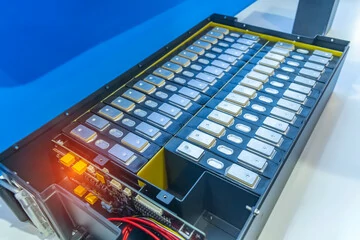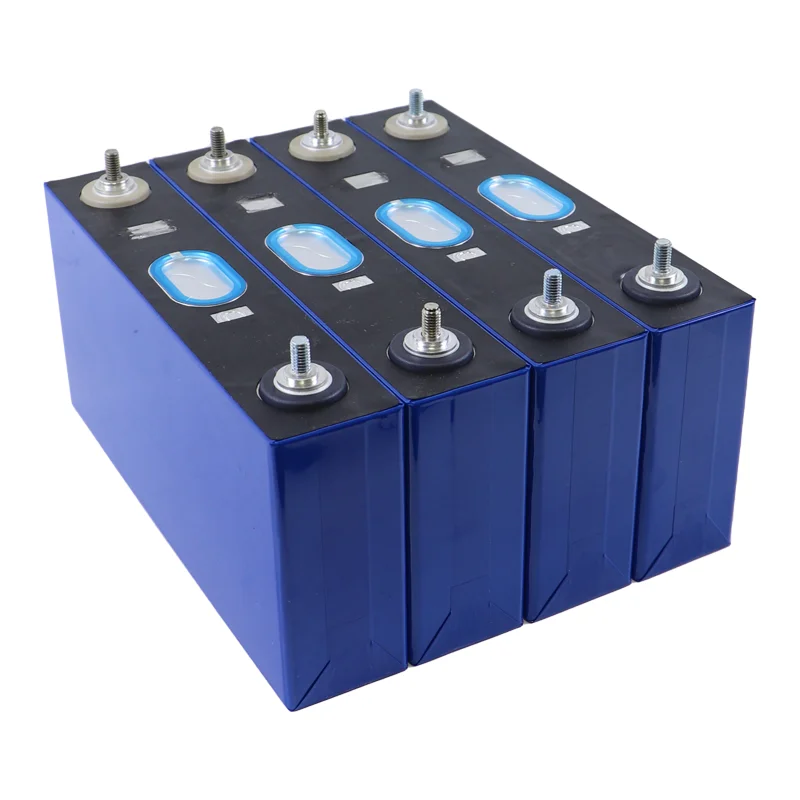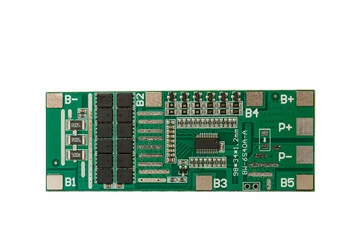Power Management Unit (PMIC) in Motorcycle Lithium Battery BMS
main content
The Power Management Unit (PMIC) is a critical component in motorcycle lithium battery Battery Management Systems (BMS), ensuring stable energy distribution, safety, and efficiency. This integrated circuit coordinates multiple functions—from voltage regulation to thermal protection—to optimize performance in harsh riding conditions. Below, we break down its core components, operational roles, and design considerations.
Core Components of a PMIC
1.Voltage Regulators
PMICs use linear regulators (e.g., LDOs) and switching regulators (e.g., Buck/Boost converters) to maintain stable voltage levels. For instance, Buck converters step down battery voltage to power low-voltage circuits like sensors, while Boost converters support high-demand systems like ignition modules. These components prevent voltage spikes that could damage sensitive electronics.
2.DC-DC Converters
These converters efficiently manage energy flow between the battery and subsystems. In motorcycle BMS, they adapt voltage for infotainment systems, LED lighting, or diagnostic tools, ensuring compatibility across diverse loads. High-efficiency designs minimize heat generation, which is crucial for compact battery enclosures.
3.Battery Management Circuits
PMICs monitor battery parameters such as State of Charge (SOC) and State of Health (SOH). Advanced units integrate with sensors to detect overcharging, deep discharge, or temperature anomalies, triggering protective measures like charge termination or load disconnection.
4.Thermal and Safety Modules
Built-in thermal sensors and shutdown mechanisms prevent overheating, a common risk in high-performance lithium batteries. Additionally, PMICs enforce compliance with automotive safety standards (e.g., ISO 26262) by isolating faults and ensuring fail-safe operation during extreme conditions.
5.Communication Interfaces
I²C or SPI interfaces enable real-time data exchange between the PMIC and BMS controller. This allows dynamic adjustments, such as scaling voltage during rapid acceleration or optimizing power consumption in idle modes.
Key Functions of PMICs in BMS
Voltage Scaling: Adjusts output dynamically to match load requirements, reducing energy waste.
Power Sequencing: Ensures subsystems like ECUs and sensors activate in the correct order to prevent malfunctions.
Efficiency Optimization: Switching regulators achieve up to 95% efficiency, extending battery life during long rides.
Fault Protection: Detects and mitigates short circuits, reverse polarity, or thermal runaway, safeguarding both the battery and rider.
Energy Harvesting: Some PMICs support regenerative braking systems, converting kinetic energy into stored power.
Design Challenges and Solutions
1.Thermal Management
PMICs in motorcycle BMS face extreme temperatures. Solutions include heat-dissipating substrates, ceramic-coated components, and silicone-based syntactic foams to absorb vibrations and insulate circuits.
2.Noise Reduction
Switching regulators can introduce electromagnetic interference (EMI). Shielding techniques, optimized PCB layouts, and filtering capacitors suppress noise, ensuring reliable operation of adjacent electronics.
3.Miniaturization
Space constraints demand compact PMIC designs. Heterogeneous integration—combining analog, digital, and power stages on a single chip—reduces footprint while maintaining functionality.
4.Compliance with Standards
Automotive-grade PMICs must meet ISO 16750-2 (vibration resistance) and IEC 61557-8 (electrical safety). Robust designs prioritize flame-retardant materials and fault-tolerant architectures.
Why PMICs Matter for Motorcycle Batteries
Motorcycle lithium batteries endure constant vibration, temperature swings, and moisture exposure. A well-designed PMIC not only enhances performance but also prevents catastrophic failures. For example, LFP-based BMS paired with intelligent PMICs achieve over 4,000 charge cycles, outperforming traditional lead-acid systems. By balancing efficiency, safety, and durability, PMICs enable riders to maximize both power and reliability.
Conclusion
The Power Management Unit (PMIC) in motorcycle lithium battery BMS is a technological cornerstone, harmonizing energy distribution, safety protocols, and adaptive performance. From voltage regulation to thermal protection, its multifunctional design addresses the unique challenges of high-power two-wheeler applications. For manufacturers and riders alike, investing in advanced PMIC-driven BMS ensures longer battery lifespans, reduced maintenance, and uninterrupted adventures on the road.

START-STOP LITHIUM battery
Enov start-stop battery is designed to provide excellent performance for high-demand start-stop vaehicles. It adopts the third-generation intelligent lithium platform architecture to achieve technological breakthroughs in core indicators such as cycle life, environmental adaptability and energy density. Compared with the traditional lead-acid battery system, the energy efficiency is increased by 210%, the cycle life is extended by 8-10 times, and the monthly self-discharge rate is controlled within 3%. Enov's unique low-temperature battery technology makes a breakthrough in achieving stable output in the whole climate domain from -30℃ to 65℃, maintaining more than 90% of the effective capacity release under extremely cold conditions (-30℃), and maintaining 90% of the capacity in high temperature environments (65℃).
The start-stop battery series products cover the mainstream voltage platform of 12V/24V/48V, and support flexible configuration of LFP (lithium iron phosphate) and NCM (lithium nickel cobalt manganese oxide) dual-material system. All models adopt modular design to support customization of different model specifications. Enuo engineering and technical team to provide full cycle technical service support, if you need, please contact us.
Other products
UAV BATTERY
LITHIUM ENERGY STORAGE BATTERY
QUICK INQUIRY
FAQ
Access to high frequency technical questions with one click, get accurate answers on product application, after-sales policy and customization process.
Service and Support
Get the latest product specifications, explore professional OEM/ODM customization services, click to open exclusive technical support and production solutions.
Become a Partner
We sincerely invite resources to interconnect, work together for win-win development, and immediately open a new chapter of strategic cooperation!




